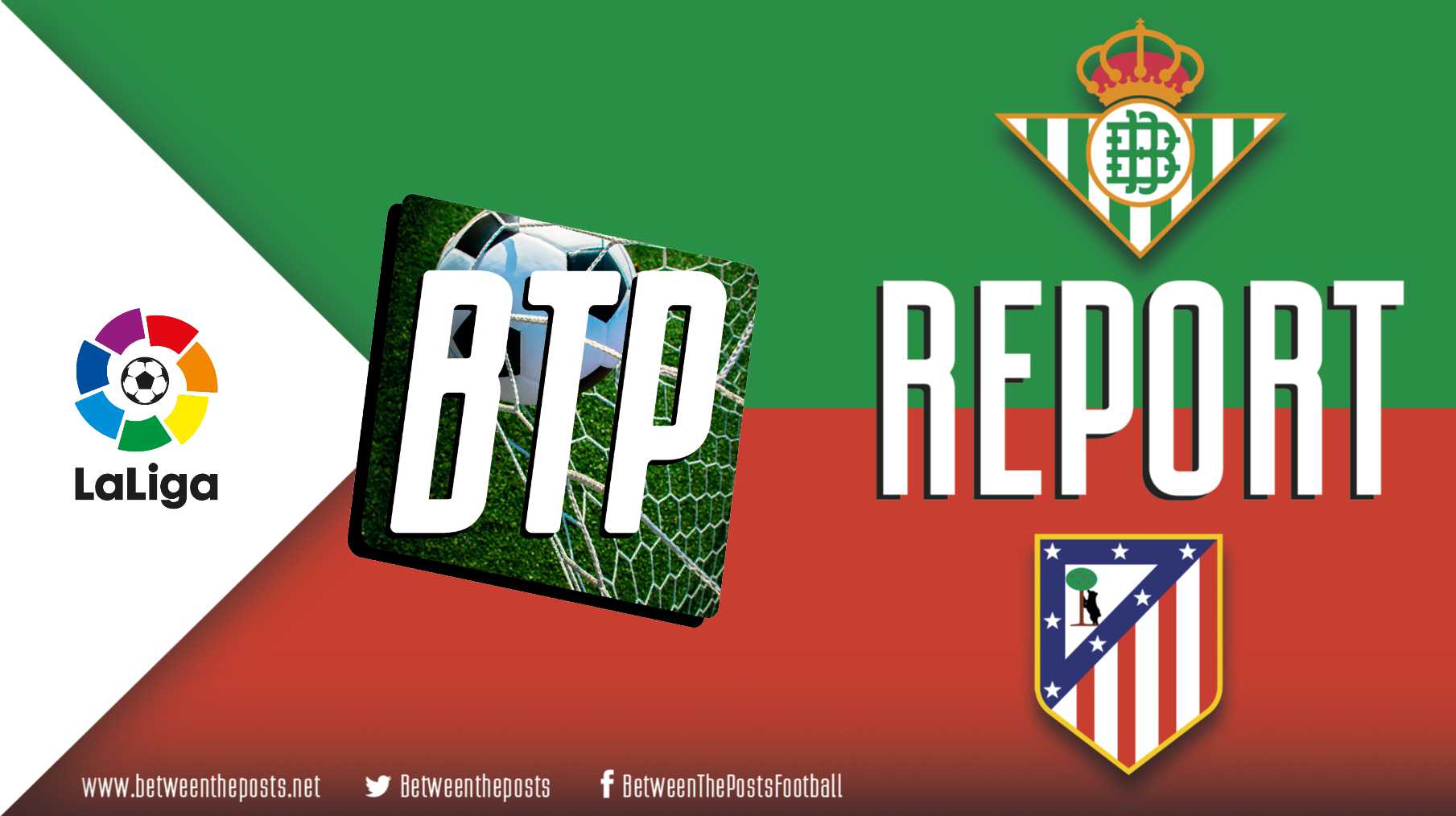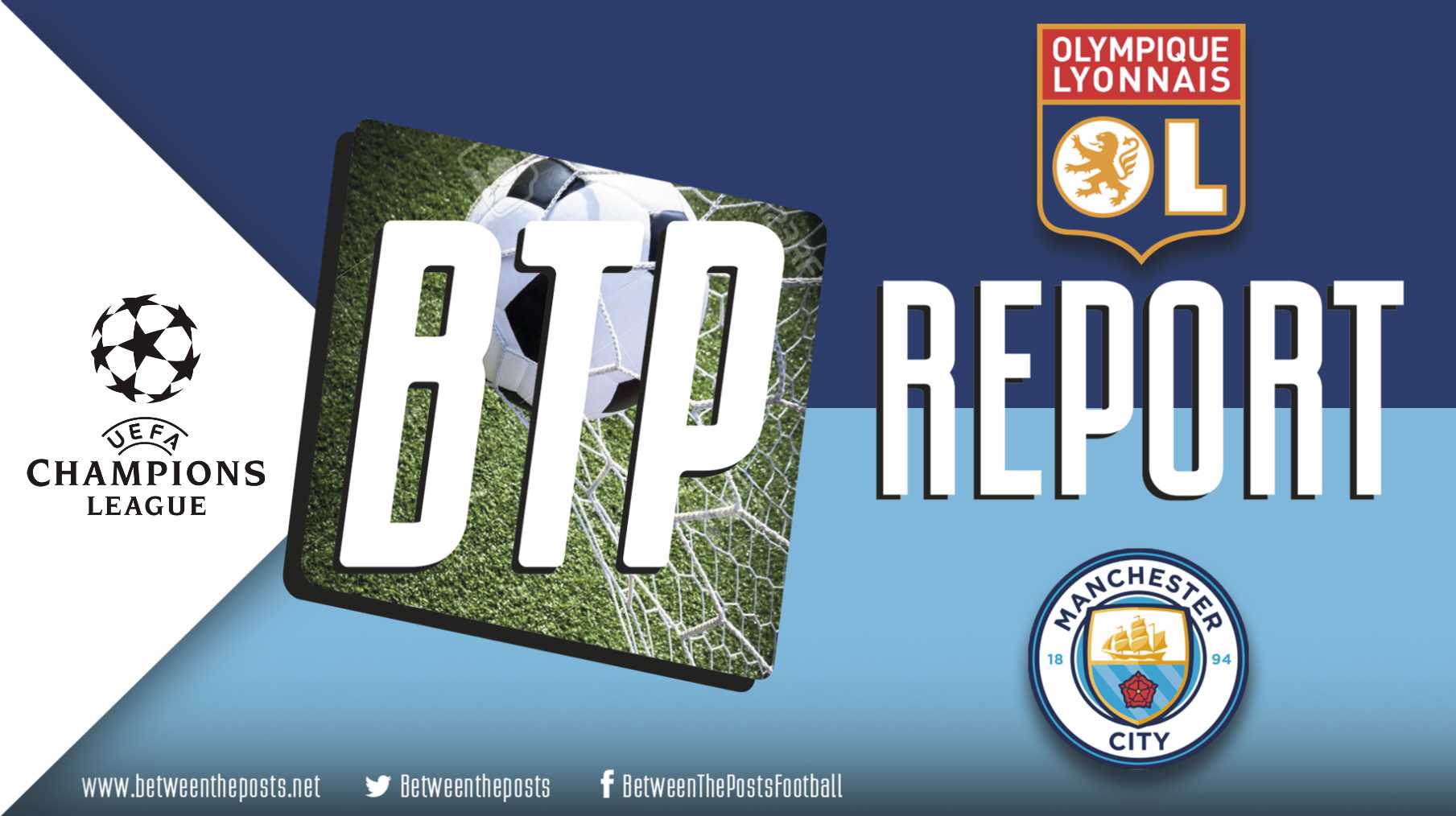Real Betis – Atlético Madrid: Simeone’s Shape-Shifting Tactics Delivers (0–2)
Betis and Atlético de Madrid arrived at this game on equal points, needing a win to confirm their intentions of being contenders for the title. The game delivered what was expected, a tough battle between two very intense teams.
Tactical analysis and match report by Sebastián Parreño
Betis’ Setup
Betis started in a 4-4-2 formation out of possession: right-back Héctor Bellerín, centre-backs Bartra and Natan, and left-back Ricardo Rodriguez formed the back line. Ahead of them sat two central midfielders: Amrabat and Roca. On the flanks, Betis used inverted wingers: Antony on the right and Abde on the left, both cutting inside rather than staying wide. Up front, the dual-striker line featured Fornals and Hernández.
In possession, Bellerín would push up aggressively into the half-space, allowing Antony to hold the width further out, giving Betis both a vertical outlet and the possibility of creating overloads centrally. The midfield pairing of Amrabat and Roca gave physicality and structure, holding the deeper midfield positions. But Betis would attempt to vary their height: at times, Roca tucked into the centre-back line or positioned vertically rather than flat, to disrupt Atlético’s positional structure. Fornals played as a #10 between the lines, just behind Hernández, who looked to threaten the Atlético back-line with constant runs in behind.
Atlético’s Defensive Base & In-Possession Shape
Atlético began with a nominal 4-3-3: Llorente operated at right-back, Le Normand and Giménez were the centre-backs. Hancko was the left back. Koke, Barrios, and Baena paired in the middle as a triangle, with Koke being at the base. Simeone was the right winger, Nico González was the left winger, leaving Julián Álvarez as the lone striker.
Notably, this match marked one of the rare instances where Simeone fielded a single striker instead of his classic double-nine. By doing so, Atlético sought greater flexibility in midfield, matching Betis’ three-man midfield.
Out-of-Possession Adjustments
When defending, Atlético effectively operated in a 4-1-4-1 shape. Koke arguably functioned as a free-roaming “six” or anchor, shadowing Betis’ deeper runner (Fornals) and helping neutralise their central attacking impetus. Meanwhile, the wingers were instructed to follow the height of the opponent full-backs, a core Simeone principle, allowing Atlético to prevent full-back progressions and force Betis to play longer. The CBs were trained to jump the strikers if they dropped deep, preventing overloads in midfield.

Betis in possession against the 4-1-4-1 of Atlético with Koke following Fornals as he moves in between the lines
In-Possession Phases & Tactical Narrative
Atlético’s build-up shape often resembled a 4-2-1-3, with the right winger Simeone & Nico) tucking inside to create stress on the last line and being well-positioned to win second balls. The full-backs provided width when necessary, but the overall intention was direct: Atlético largely avoided elaborate build-up from the back and preferred quick transition phase, often playing long passes or triggering wide advances to exploit Betis when they committed numbers forward.
With the ball, Atletico’s shape morphed into a back three as Hančko shifted centrally into a left-centre-back role when Llorente advanced as a winger in possession. This dual role allowed Atlético to add another play on attack, as Nico González tucked inside to try to attack Betis’ half space. By doing this, they also avoided Álvarez being all alone against the opposing center-backs.

Atlético in possession looked like a 3-3-4, with Koke as the base of the triangle in the midfield and Llorente as the right winger.
Match Progression & Key Tactical Moments
Atlético caught Betis off-guard with a lightning start; the early goal (from Giuliano Simeone) settled Atlético and forced Betis into reactive mode. From then on, Atlético were content to sit deeper, maintain structure, and invite Betis forward.
Atlético were as aggressive as always, pressing whenever Betis’ centre-backs received the ball. The wingers sprinted to press the full-backs, forcing Betis to play long or backwards. In these moments, Atlético’s CBs were primed to jump the strikers if they dropped, and the midfield quartet maintained narrow lines to cut passing lanes.
Half-Time Adjustments:
At half-time, Betis introduced Lo Celso, replacing Roca. The aim was to have a more advanced midfield presence: Lo Celso was deployed as the most advanced midfielder, allowing Fornals to operate in a hybrid role, helping Amrabat in build-up and positioning between the lines when in the opponent’s half. This change was intended to increase Betis’ creative threat and destabilise Atlético’s structure.
This led to Betis starting the second half with momentum, creating a number of good chances, especially in the first 15 minutes. However, they did not capitalize on their momentum. Recognising this initiative, Simeone responded by introducing Sørloth and Griezmann for Baena and Álvarez, reverting to a more familiar 4-4-2 shape.
Sørloth’s task was to primarily follow Amrabat and block his involvement in Betis’ combination play, and provide height for set-piece defence. Betis also made full-back changes, trying to refresh their attack, but Atlético had already solidified their defensive posture and nullified Betis’ threat. They achieved this by reinforcing their defence by shifting into a back five, with Giuliano Simeone playing as a right wing-back, enabling more defensive cover. This change disrupted Betis’ attacking flow, making it difficult for them to break through.
Why Atlético’s Strategy Worked
The early goal allowed them to play with less pressure and invite Betis to take risks, which in turn created transition opportunities for Atlético, which is exactly how the second goal happened. A transition for Atlético saw Baena appearing on the left and shooting an exceptional goal at the top of the corner. Despite decent lengths of possession and waves of momentum, Betis lacked cutting edge in the final third and failed to convert opportunities created in the early part of the second half. Their positional variation was anticipated by Atlético’s aggressive structure and pressing triggers.
The caution required after going behind early meant Betis could not fully commit to their attacking shape without exposing themselves to Atlético’s transition threat. The introduction of Lo Celso enhanced creativity, but the timing may have been slightly late to fully upset Atlético’s defense, especially once Simeone’s side switched to a deeper block and reinforced defense.
Takeaways
This match serves as a textbook example of how tactical nuance and structural discipline can override raw attacking intent. Betis, with an attractive and flexible approach, created good opportunities but lacked the decisive execution. Atlético, smoothed by a catch-and-counter mindset, took the programmatic route: early goal, disciplined defending, tactical tweaks to absorb pressure, and game management.
For Betis, the lesson lies in converting control into goals and ensuring that positional variation is matched by precision in the final third. For Atlético, the performance underlines the enduring value of structure, aggressiveness, and adaptability, like operating with one striker instead of two, or modifying their defensive shape three times in a game.
In the context of the season, this away win gives Atlético a psychological boost as this is their first away win in the entire season, counting both national and international tournaments. They’re also now just 3 points off Barcelona in second place, so Simeone’s team is not on the hunt.
Match plots will be added as soon as possible




Comments